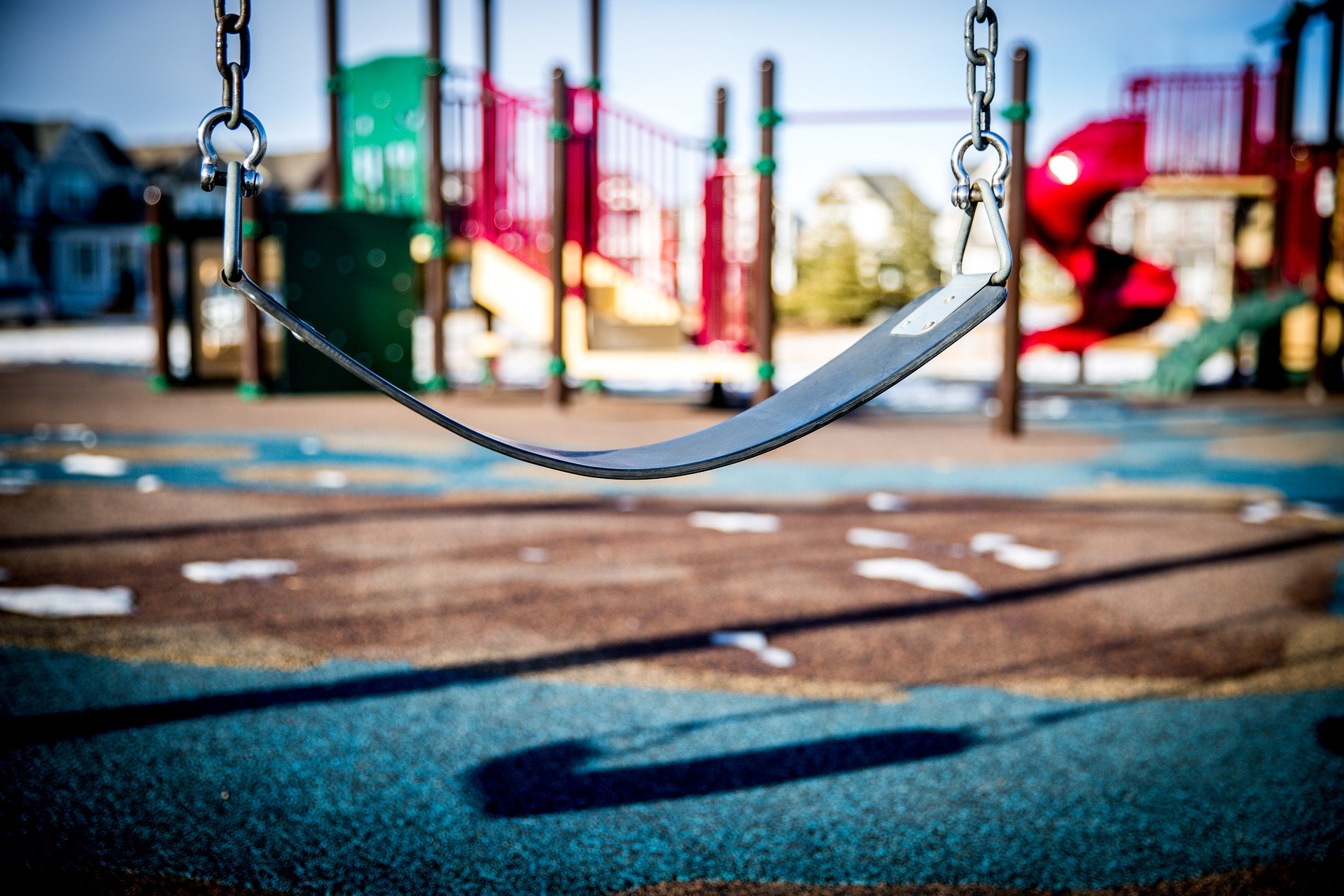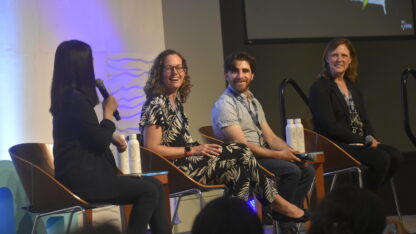In Metro Atlanta, Parking Lots And Buildings Make Schoolyards Hotter

One advocacy group is calling attention to how hot schoolyards can get, as many metro Atlanta students return to in-person learning, and some schools are trying outdoor classes to help reduce the risk of spreading the coronavirus.
Pixabay
Places with lots of buildings and pavement are hotter than areas that are more green. It’s called the urban heat island effect. Basically, all those surfaces absorb lots of heat from the sun, and there aren’t enough plants around to help cool things off.
One advocacy group is calling attention to how hot schoolyards can get, as many metro Atlanta students return to in-person learning, and some schools are trying outdoor classes to help reduce the risk of spreading the coronavirus.
The environmental group Trust for Public Land found that more than a third of public school students around the country go to schools that are in a heat island — that’s millions of children.
“In my view, I mean, one kid is too many kids,” said Linda Hwang, director of strategy and innovation at the Trust For Public Land.
According to her research, in metro Atlanta more than 250,000 public school students attend schools in heat islands. Fulton County has the highest proportion, with 35% of students. Cobb is runner-up, with about 16%.
Hwang said in Atlanta, it’s not actually the schools in the most urban areas that are most affected; it’s actually the big, more suburban schools, which have lots of parking lots.
“Some of the schools are gigantic, and they have a lot of surfaces that are absorbing a lot of heat too,” she said.
The Trust for Public Land has a program to work with schools to reduce those effects, partially by planting more trees and plants.







